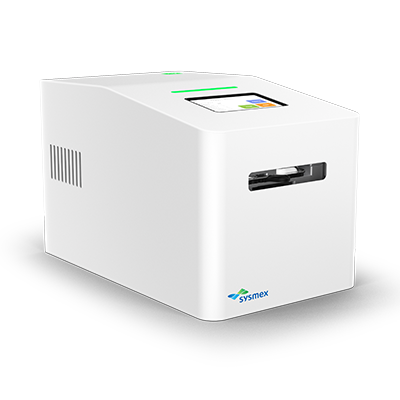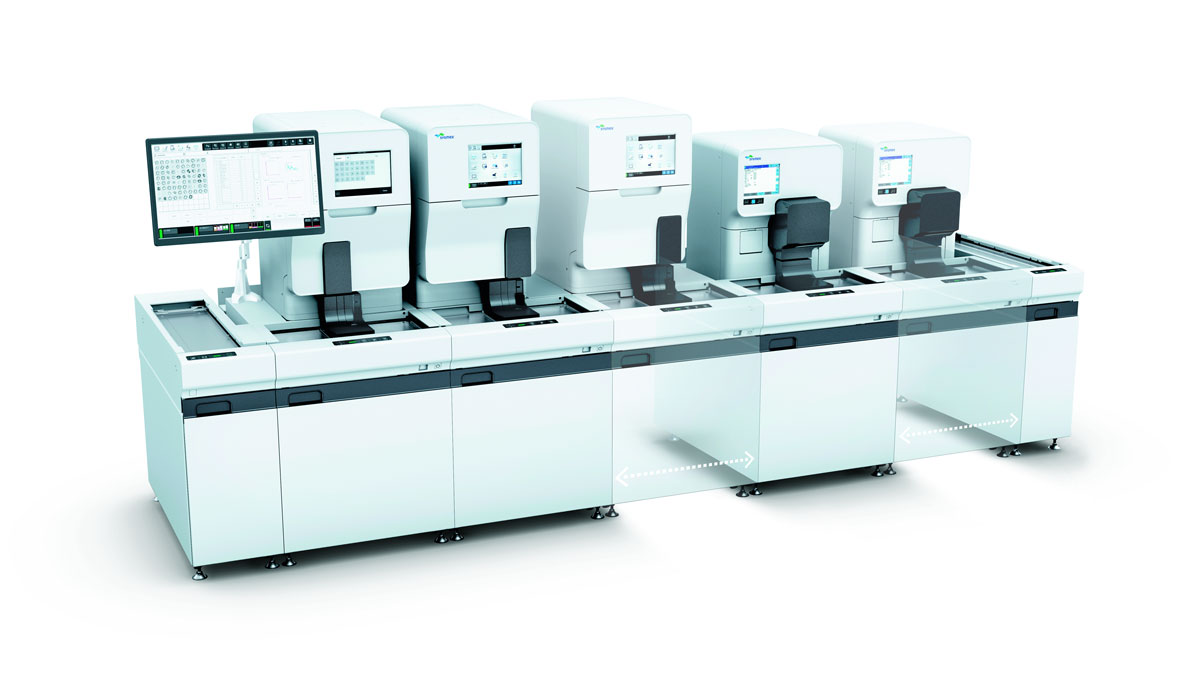The antibiotic susceptibility testing method
Antibiotic susceptibility testing (AST) is performed in order to identify which antimicrobial regimen is specifically effective for individual infections [4]. Phenotypic antibiotic susceptibility tests are typically based on the detection of differential bacterial growth with and without antibiotics in liquid cultures or on solid agar plates [5]. Any AST method used is generally reliable for detecting resistance and determining the antibiotic concentration that prevents bacterial growth, however, because it can take one to two days to get reliable results, these methods are not ideal when guiding treatment in the early and critical stages of infection [6].
New phenotypic AST methodologies
Traditional AST methods focus on the genotypic approach, however, to produce results that offer the maximum added value for the attending physician, efforts have shifted towards the development of new phenotypic AST methodologies. Nanofluidics-based AST is classified as a phenotypic method because the result depends on the actual resistance profile, and enables us to generate results in real time based on bacterial cell growth [7].
Nanofluidics-based AST technology at the point of care
The nanofluidics-based AST technology will be the basis for innovated lab-on-a-chip diagnostic devices that can be used directly at the point of care. For everyday infections, the possibility of a near-patient testing device provides a unique tool to select antibiotics tailored to each infectious episode. Making this information available to the treating expert and so close to the patient is key in the fight against AMR.
Want to know more about AST? Read "rethinking routine antibiotic susceptibility testing"








